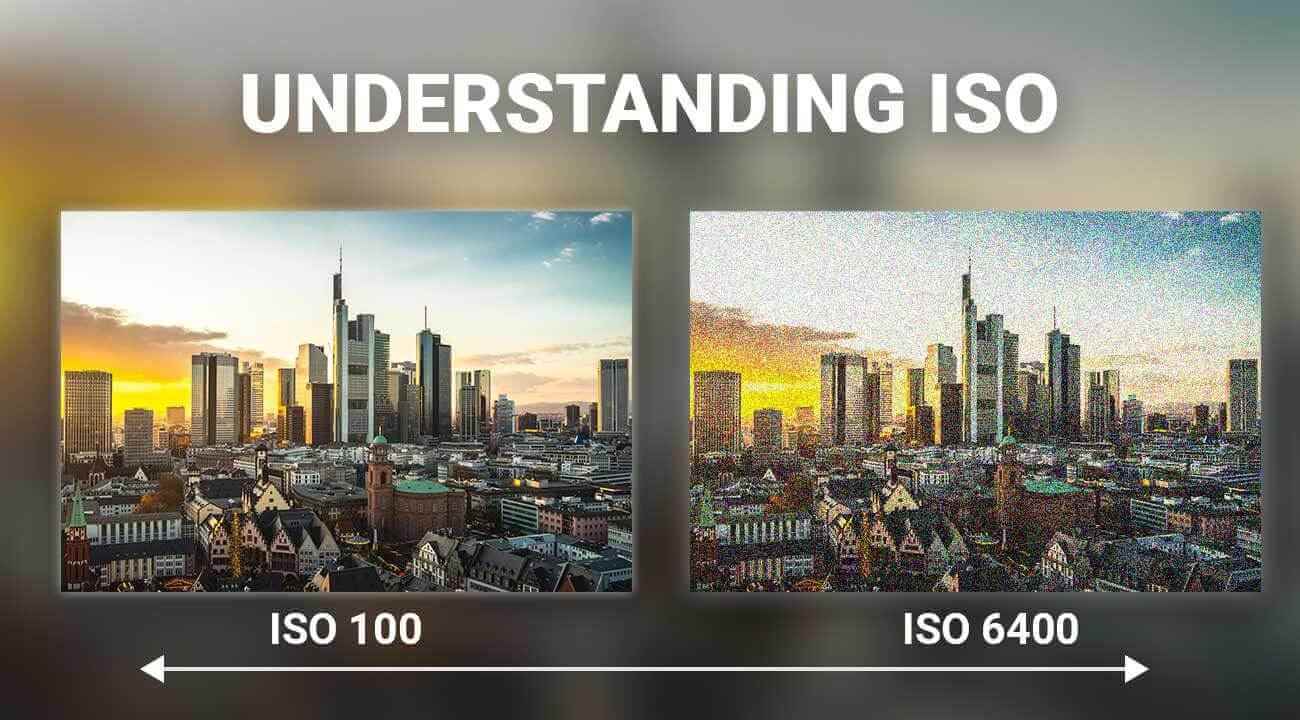Photography What Is Iso
If you're interested in photography, you've probably heard of ISO. But what is ISO? ISO refers to the sensitivity of your camera's sensor to light. In simple terms, it affects how bright or dark your photos are. In this post, we'll discuss ISO basics, what it is, how it works, and how you can use it to take better photos.
ISO in Photography
What is ISO?
ISO is an abbreviation for the International Organization for Standardization. It is a measure of the sensitivity of your camera to light. A low ISO value means your camera is less sensitive to light, while a high ISO value means your camera is more sensitive to light. The ISO value is expressed as a number, like 100, 200, 400, 800, 1600, etc.

How Does ISO Work?
The ISO value controls the amount of light that reaches the camera's sensor. When you increase the ISO value, you are telling the camera's sensor to be more sensitive to light, which lets you take brighter pictures in dimly lit environments. But there's a catch: the higher the ISO value, the lower the image quality. High ISO values create more digital noise, which looks like grain or speckles in your photos. Digital noise can reduce the clarity and sharpness of your photos.

ISO and Image Quality
What is Digital Noise?
Digital noise is similar to film grain in traditional film photography. It is created when the camera amplifies the signal from the sensor to increase the brightness of an image. Digital noise can appear as colorful speckles or grain-like patterns, which can degrade the quality of your photos. The amount of digital noise in your photos depends on several factors, including the ISO setting, camera model, and the amount of light available.

How to Reduce Digital Noise
To avoid digital noise, choose the lowest possible ISO value that will allow you to capture the photo you want. This is called the base ISO. The base ISO value varies for different cameras, but it is typically around ISO 100 or 200. Try to avoid using ISO values higher than the base ISO, especially in bright light conditions. If you need a brighter exposure, use a wider aperture or a slower shutter speed instead. Alternatively, you can use noise reduction software to remove digital noise from your photos.
Using ISO Creatively
How to Use High ISO Values
While high ISO values can create digital noise, they can also be used creatively to capture interesting photos. High ISO values allow you to take photos in low light conditions without a flash, which can create moody, dramatic, or artistic effects. Grainy photos can have a film-like quality, which can be particularly appealing for black and white photography. High ISO values can also be useful for capturing action shots, since they allow you to use fast shutter speeds while maintaining a correct exposure.

How to Experiment with ISO
Experimenting with ISO is a great way to learn its effects on your photos. Try taking the same photo with different ISO values, from low to high. Compare the results and see how the ISO value affects the brightness, clarity, and noise levels of your photos. You can also try using ISO creatively, like intentionally adding digital noise to your photos or using high ISO values in unusual lighting situations. The more you experiment with ISO, the more you will understand its effects and how to use it to your advantage.
Conclusion
ISO is a fundamental aspect of photography that affects the brightness, clarity, and quality of your photos. Understanding how ISO works and how to use it creatively can help you take better photos in a variety of lighting situations. By experimenting with ISO settings and shooting conditions, you can develop your own style and achieve stunning results.
Find more articles about Photography What Is Iso
Post a Comment for "Photography What Is Iso"